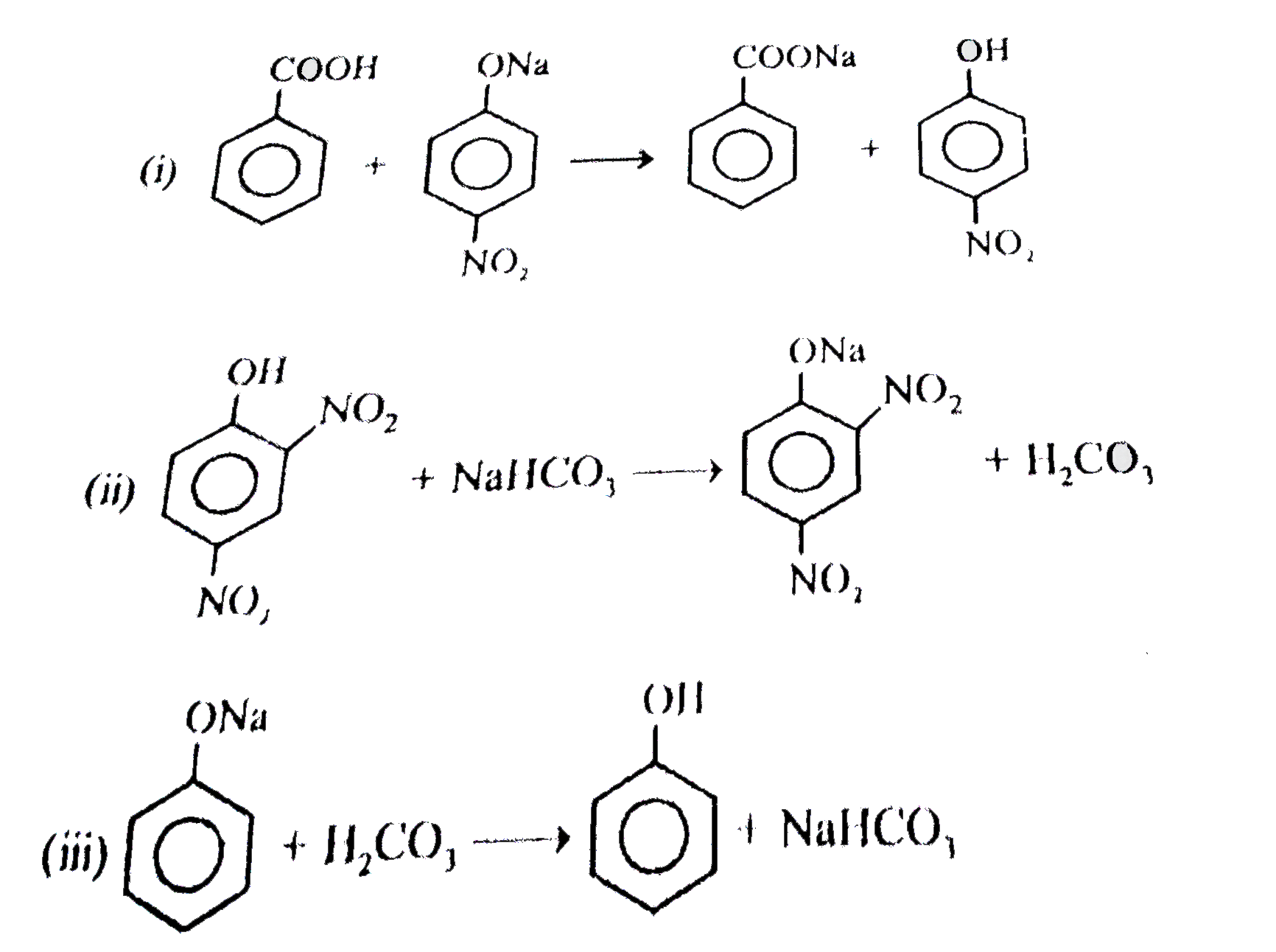Two organic compounds (A) and (B) have same empirical formula CH2O. Vapour density of (B) is twice the vapour density of (A). (A) reduces Fehling solution but does not react with NaHCO3. Compound (B) neither reacts with NaHCO3 nor reduces Fehiling solution. What are (A) and (B)? Also report an isomer of (B) if it reacts with NaHCO3
To solve the problem, we need to identify the two organic compounds (A) and (B) based on the given information:
1. Empirical Formula: Both compounds have the same empirical formula, CH₂O.
2. Vapor Density: The vapor density of compound (B) is twice that of compound (A).
3. Reactivity:
- Compound (A) reduces Fehling's solution but does not react with NaHCO₃.
- Compound (B) neither reacts with NaHCO₃ nor reduces Fehling's solution.
Step 1: Determine the Molecular Formulas
Since both compounds have the same empirical formula (CH₂O), we can express their molecular formulas as:
- Compound (A): CₓH₂ₓOₓ
- Compound (B): CᵧH₂ᵧOᵧ
Given that the vapor density of (B) is twice that of (A), we can conclude that the molecular mass of (B) is twice that of (A).
Step 2: Identify Compound (A)
Compound (A) reduces Fehling's solution, which indicates that it is likely an aldehyde or a reducing sugar. The simplest compound with the empirical formula CH₂O is formaldehyde (HCHO).
- Formaldehyde (HCHO):
- Molecular formula: C₁H₂O₁
- It can reduce Fehling's solution.
- It does not react with NaHCO₃ because it is not an acid.
Step 3: Identify Compound (B)
Since the molecular mass of (B) is twice that of (A), we can deduce that the molecular formula of (B) must be C₂H₄O₂ (since 30 g/mol for formaldehyde means 60 g/mol for (B)).
- Possible Compound (B): The simplest compound with the formula C₂H₄O₂ is methyl formate (HCOOCH₃).
- Molecular formula: C₂H₄O₂
- It does not reduce Fehling's solution (it is an ester).
- It does not react with NaHCO₃ because it is not acidic.
Step 4: Report an Isomer of (B)
If compound (B) were to react with NaHCO₃, it would need to be a carboxylic acid. An isomer of methyl formate that can react with NaHCO₃ is acetic acid (CH₃COOH).
Summary of Compounds
- Compound (A): Formaldehyde (HCHO)
- Compound (B): Methyl formate (HCOOCH₃)
- Isomer of (B) that reacts with NaHCO₃: Acetic acid (CH₃COOH)
2. Vapor Density: The vapor density of compound (B) is twice that of compound (A).
3. Reactivity:
- Compound (A) reduces Fehling's solution but does not react with NaHCO₃.
- Compound (B) neither reacts with NaHCO₃ nor reduces Fehling's solution.
Since both compounds have the same empirical formula (CH₂O), we can express their molecular formulas as:
- Compound (A): CₓH₂ₓOₓ
- Compound (B): CᵧH₂ᵧOᵧ
Compound (A) reduces Fehling's solution, which indicates that it is likely an aldehyde or a reducing sugar. The simplest compound with the empirical formula CH₂O is formaldehyde (HCHO).
- Molecular formula: C₁H₂O₁
- It can reduce Fehling's solution.
- It does not react with NaHCO₃ because it is not an acid.
Since the molecular mass of (B) is twice that of (A), we can deduce that the molecular formula of (B) must be C₂H₄O₂ (since 30 g/mol for formaldehyde means 60 g/mol for (B)).
- Molecular formula: C₂H₄O₂
- It does not reduce Fehling's solution (it is an ester).
- It does not react with NaHCO₃ because it is not acidic.
If compound (B) were to react with NaHCO₃, it would need to be a carboxylic acid. An isomer of methyl formate that can react with NaHCO₃ is acetic acid (CH₃COOH).
- Compound (A): Formaldehyde (HCHO)
- Compound (B): Methyl formate (HCOOCH₃)
- Isomer of (B) that reacts with NaHCO₃: Acetic acid (CH₃COOH)
Topper's Solved these Questions
- ALKENE, ALKANE & ALKYNE BOOK - ALLENCHAPTER - ALKENE, ALKANE & ALKYNE EXERCISE - EXERCISE-4[B]
47 Videos
- ALKENE, ALKANE & ALKYNE BOOK - ALLENCHAPTER - ALKENE, ALKANE & ALKYNE EXERCISE - EXERCISE-5
58 Videos
- ALKENE, ALKANE & ALKYNE BOOK - ALLENCHAPTER - ALKENE, ALKANE & ALKYNE EXERCISE - EXERCISE-5(B)
66 Videos
- AIIMS 2019BOOK - ALLENCHAPTER - AIIMS 2019EXERCISE - CHEMISTRY
40 Videos
- ALKYL AND ARYL HALIDEBOOK - ALLENCHAPTER - ALKYL AND ARYL HALIDEEXERCISE - EXERCISE-05 (B)
35 Videos
Similar Questions
Knowledge Check
Which of the following compounds does not react with NaHCO3?
ACH3COOHBCH3CONH2CC6H5OHDCH3CH2OHAn organic compound has an empirical formula CH2O. Its vapour density is 45. The molecular formula of the compound is
ACH2OBC2H5OCC3H6O3DC2H2Which of the following compounds will react with NaHCO3 solution to give sodium salt and carbon dioxide?
AAcetic acidBn-HexanolCPhenolDboth (b) and (c).
Consider the followng compounds

Which of the above compounds reacts with NaHCO3 given CO2.
View SolutionName the two organic compounds which have the same molecular formula C2H6O. Will they react with PCl5? If they react, what are the products formed ?
View SolutionName two organic compounds which have the same molecular formula C2H6O. Will they react with phosphorus pentachloride ? If they react, what are the products formed?
View SolutionWhich of the following compounds will react with NaHCO3 solution to give sodium salt and carbon dioxide?
View SolutionWhich of the following compounds will react with NaHCO3 solution to give sodium salt and carbon dioxide?
View Solution

